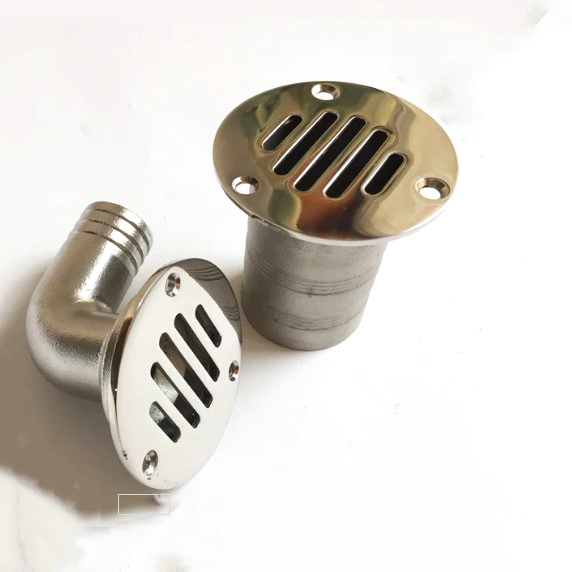How to Deal With Stainless Steel Drain Vent
Dealing with stainless steel drain vents requires a multifaceted approach that considers functionality, design, and maintenance to ensure optimal performance and safety. Stainless steel, known for its durability and resistance to corrosion, is a preferred material in various settings, from yachts and ships to commercial and residential buildings.

When selecting a stainless steel drain, it’s crucial to consider the size and design compatibility with your existing drainage system. Different environments may have unique requirements for drain and vent systems. For example, in yachts and ships, the primary concern is discharging sewage gas, water, and oil efficiently. In contrast, in commercial settings like bakeries or food processing plants, the focus is on reducing bacteria and effective drainage.
Proper venting is critical in plumbing systems. Venting options like common vents, loop vents, and air-admittance valves (AAV) play vital roles in maintaining the system’s integrity and functionality. Common vents are suitable for fixtures that are close together, while loop vents are useful for island counters in kitchens where venting options are limited. AAVs are mechanical vents that help in situations where conventional venting is not feasible. They work by allowing air to enter the plumbing system when a partial vacuum is created, preventing the release of sewer gases.
In cases of blockages, it’s essential to address the issue promptly to prevent potential hazards and maintain cleanliness. Blockages can cause unpleasant smells, like the rotten egg scent often associated with sulfur bacteria or sewage contamination. Regular maintenance, such as using boiling water, white vinegar, or caustic soda, can help prevent and clear blockages. For more severe issues, such as cracked vents or significant clogs, professional assistance might be required.
Another aspect to consider is the structural integrity and design of the drainage system, particularly for large-scale installations like steel structures. Adequate venting and draining provisions are crucial to prevent issues such as air pocket formation, excess galvanizing buildup, and safety concerns. Balancing the need for sufficient venting and draining holes while maintaining the structural integrity of the steel member is a key consideration for designers and engineers.
In summary, dealing with stainless steel drain vents involves careful selection, proper installation, regular maintenance, and understanding the specific needs of your environment. It’s a balance of aesthetics, functionality, and safety, ensuring the system remains effective, hygienic, and visually appealing.
To learn more , please visit Stainless Steel Marine Grade Filler&Vent .






